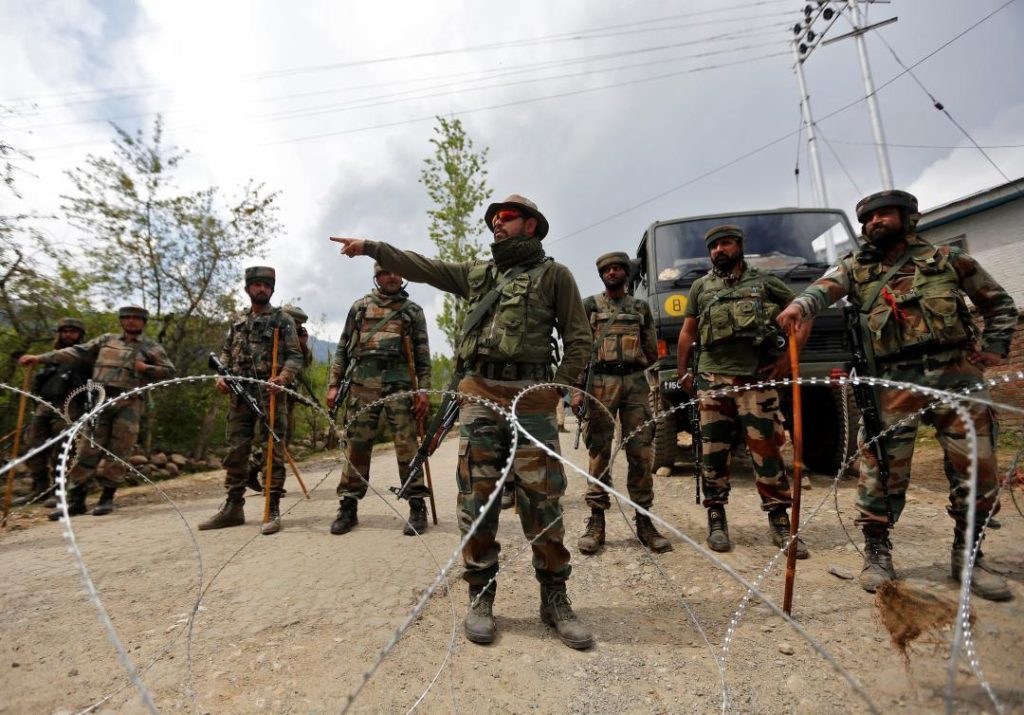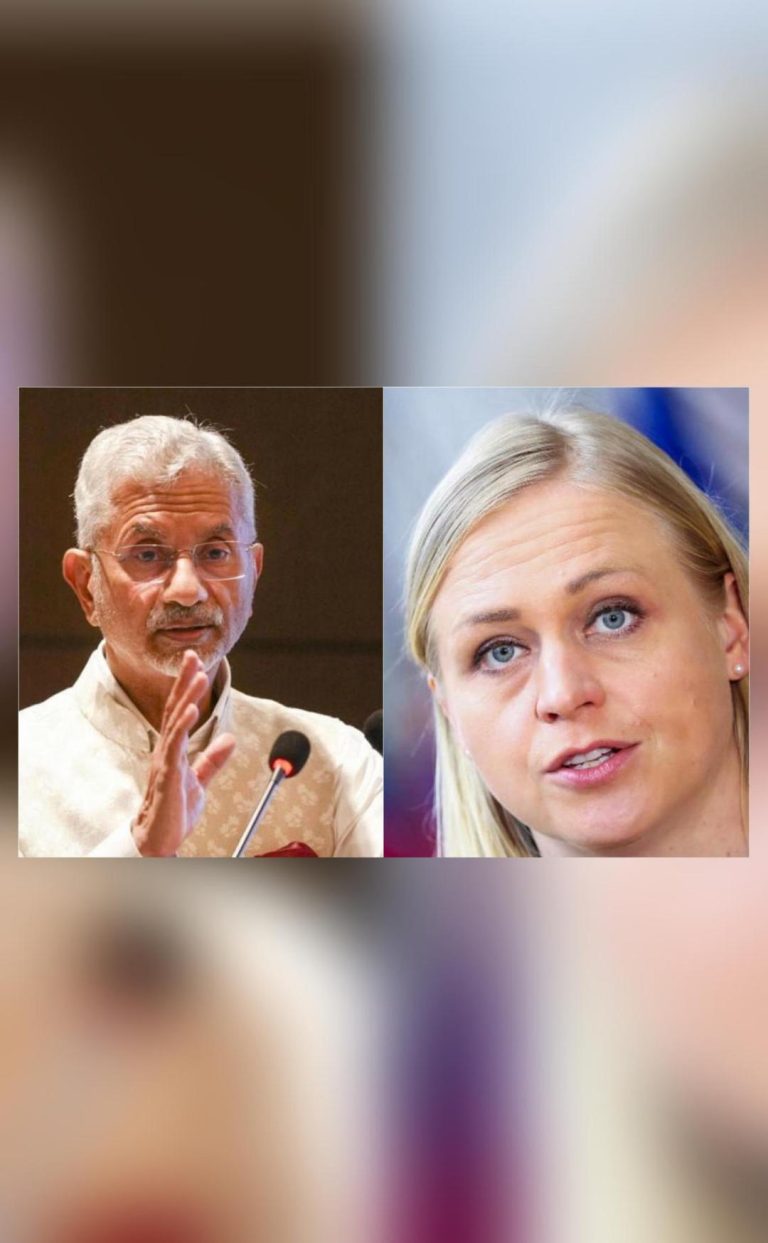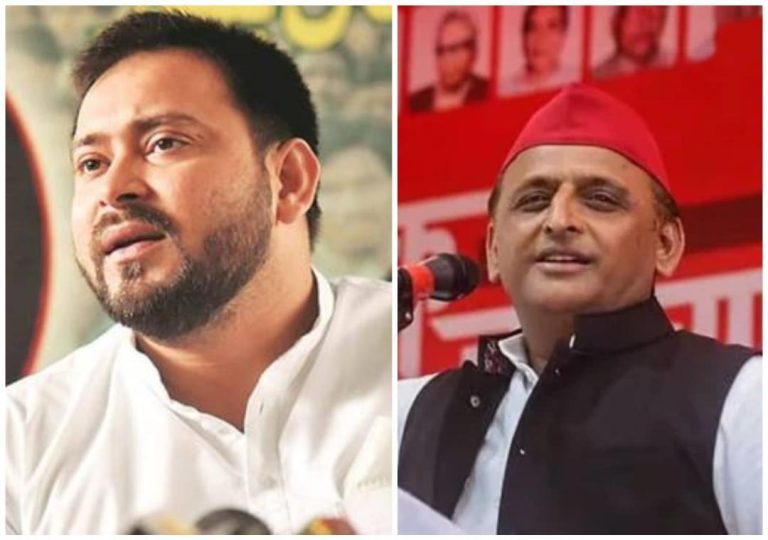
How did India and Pakistan reach a ceasefire agreement?
In a sudden and unexpected move, India and Pakistan agreed to a ceasefire on February 25, 2021, amid rising tensions between the two nations. The ceasefire came after a surprise phone call between the Directors General of Military Operations (DGMOs) of both countries, Major General Kashif Abdullah of Pakistan and Lieutenant General Rajiv Ghai of India. The development was reported by Hindustan Times, citing sources.
The ceasefire agreement was a significant development, considering the heightened tensions between India and Pakistan in recent years. The two countries have a long history of conflict, with several wars and skirmishes fought over issues such as Kashmir and terrorism. In recent years, tensions have been exacerbated by the rise of militant groups in the region, as well as the ongoing standoff between the two nations over the status of Kashmir.
So, what led to the surprise ceasefire agreement? According to sources, Pakistan’s DGMO, Major General Kashif Abdullah, made a request for a ceasefire during a phone call with India’s DGMO, Lieutenant General Rajiv Ghai. The reported request came amid concerns over the escalation of violence along the Line of Control (LOC), which separates Indian-administered Kashmir from Pakistan-administered Kashmir.
The request was reportedly made after Pakistan had suffered significant losses in recent days, with several military personnel and civilians killed in cross-border firing. Pakistan had also accused India of violating the ceasefire agreement several times, with reports suggesting that Indian forces had launched several military strikes across the border.
India, however, had maintained that its actions were in response to Pakistani aggression and that it would not tolerate any violation of the ceasefire agreement. The Indian government had also accused Pakistan of sponsoring terrorism in the region, and had called for international action against Islamabad to curb its support for militant groups.
Despite the tensions, the surprise phone call between the DGMOs of India and Pakistan suggests that both sides may have been looking for a way to de-escalate the situation. The ceasefire agreement reportedly came after several hours of talks between the two officials, with sources suggesting that the discussions were facilitated by the “neutral” third-party intervention of the United States.
The US had been pushing for a ceasefire in the region, reportedly in return for its backing of a $2.4-billion bailout package for Pakistan. The IMF had agreed to provide the bailout package to Pakistan, but had made clear that it would only do so if the country implemented certain economic reforms and if the US government provided a guarantee for the loan.
Pakistan’s request for a ceasefire may have been motivated by its desire to secure the bailout package, which would help the country to address its severe economic crisis. The country’s economy has been struggling in recent years, with high inflation, a large trade deficit, and a shortage of foreign exchange reserves. The IMF bailout package would provide a significant boost to Pakistan’s economy, and would help the country to stabilize its currency and balance of payments.
India, on the other hand, may have agreed to the ceasefire as part of its broader strategy to counter Pakistan’s support for terrorism in the region. The country has been pushing for international action against Pakistan, and had called for the global community to take a strong stance against Islamabad’s support for militant groups.
Despite the ceasefire agreement, however, the situation along the LOC remains tense. Pakistan violated the ceasefire within hours of the agreement, with reports suggesting that both sides continued to exchange fire along the border. The Indian army has reported several instances of ceasefire violations by Pakistan, and has accused Islamabad of trying to undermine the agreement.
The ceasefire agreement between India and Pakistan is a significant development, and suggests that both sides are willing to engage in talks to resolve their differences. However, the situation remains fragile, and it remains to be seen whether the agreement will hold in the long term.






